Remote Ready Biology Learning Activities has 50 remote-ready activities, which work for either your classroom or remote teaching.
Serendip is an independent site partnering with faculty at multiple colleges and universities around the world. Happy exploring!
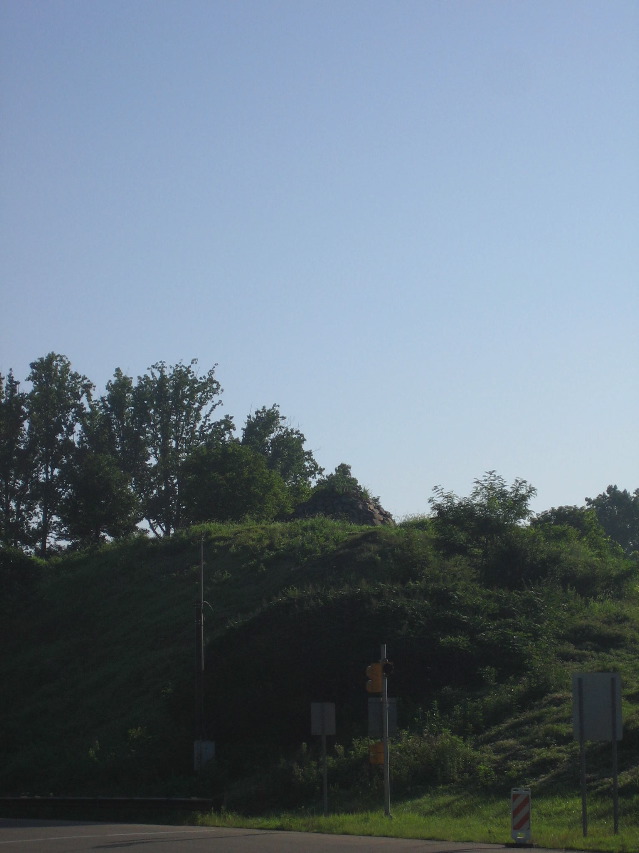


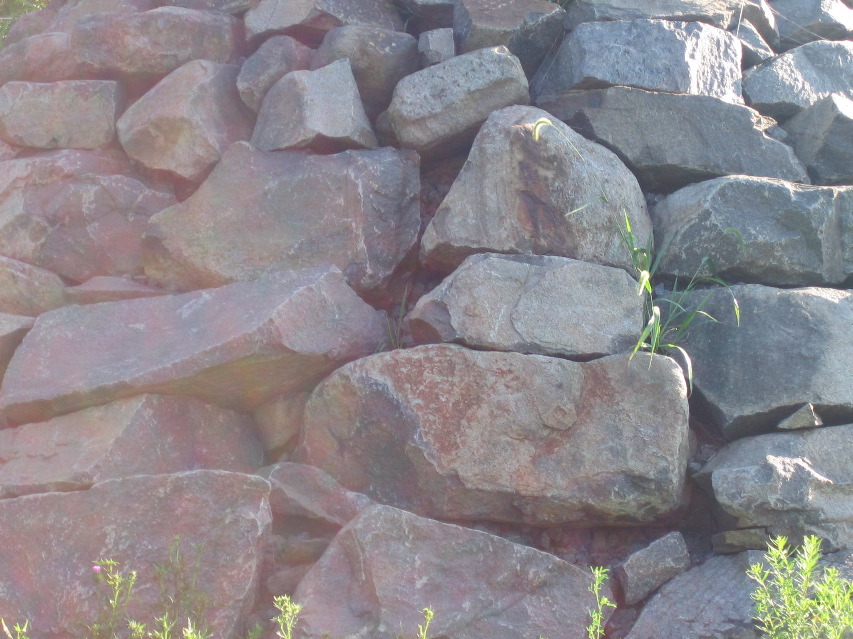
The Cairn--Edna St Vincent Millay |
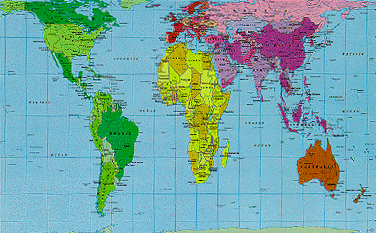
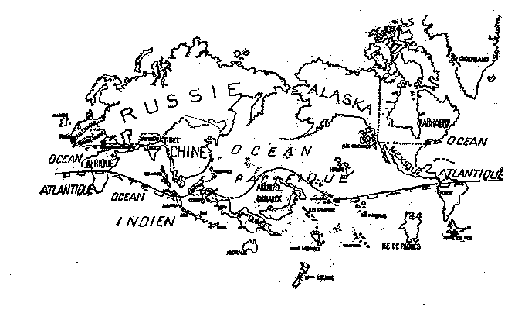
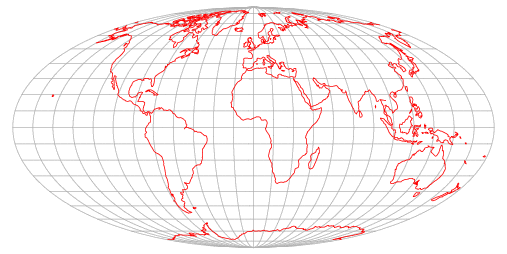
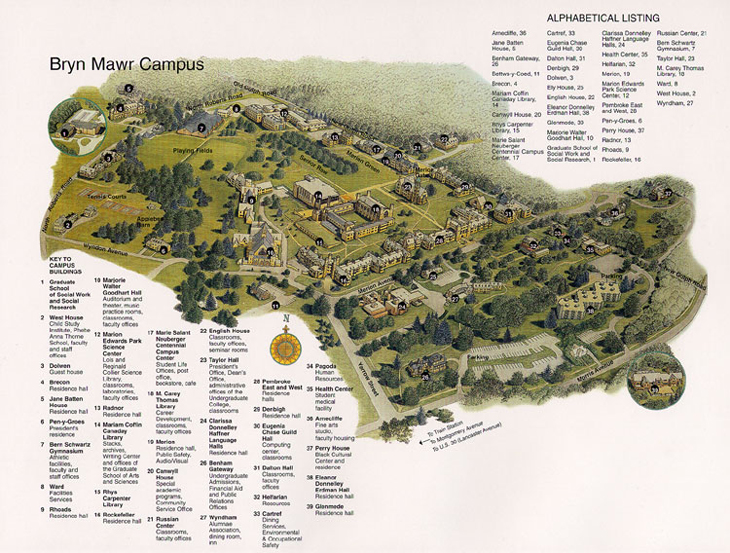

VI. dual conception of the Institute: localizing, not parochializing
"What aspects of their world do our kids care about?
What would it distress them to lose? (Anything made of marble...??)
Can we use that as an incentive to learn?"
place-based learning is grounded in local phenomena
& students' lived experience
schools direct students' attention away from their own circumstances/ways of knowing
learning comes from texts, lectures, videos, not full-bodied encounters w/ the world
experience is mediated; education is internalizing/mastering others' knowledge
John Dewey: great waste in isolation of school from
child's experience outside it/in home/neighborhood
disconnection exacerbated by national preoccupation w/
standardized test scores (=generic curricular models)
dropouts: don't accept teachers' account of what counts as valuable knowledge
real-world problem solving, deeply grounded in particular places
learning that environmental problems can't be solved in isolation
(see "An Inconvenient Truth"!)
start w/ the local, enlarge beyond it to regional, national, international
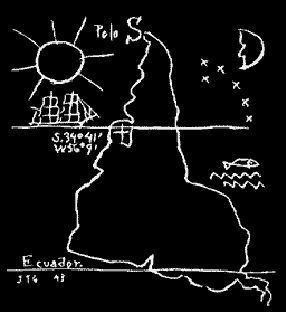
Uruguayan modernist Joaquín Torres-García,
The Upside-down Map (1943).
"A centerpiece in the history of Latin American efforts
at reclaiming themselves in a world vision.
Torres-García placed the South Pole at the top of the earth,
thereby suggesting a visual affirmation of the
importance of the continent, and in an effort to
present a pure revision of the world. He was also
interested in presenting to the world a
modern "school of the south..."
ed'l concern for local place overshadowed by discourse of economic competitiveness
current educational reforms are "placeless":
to compete in global economy, they seek to
standardize the experience of students fr. diverse places
they dismiss the idea of place as a primary experiential/educational context
to focus on learning technologies in classrooms
limits/devalues/distorts local geographical experience
how to use education to promote the well-being of places?
how can we get beyond the limits of the classroom
to interrogate the places outside of school?
how can we expand the school experience
to the socio-ecological places "just beyond the classroom"?
what needs conserving/transforming in those places?
place foregrounds local, regional politics,
attuned to particularities of where people live
place-based ed emphasizes rural ecology, not urban life
what's a pedagogy of place look like in the city?
how can we highlight the interactions between cultures and ecosystems?
locus of environmental care will shift, depending on social/geographical position
how to help get our kids to learn and care about/
for the places where they live-and-work-and-play?
what is the role of children's "special places" (forts, dens...)?
how can we use mapping to broaden their view of the world?
can we re-think the classroom as fundamental site of teaching/learning?
can we re-define achievement in terms of the
social/ecological quality of community life?
can we replace quantitative paper-and-pencil outcomes,
which are earned @ the expense of what it means to "live well"?
the challenge of spatial thinking (mapping routes and relationships:
problems in logic, distribution of variables--
i.e. John Snow's locating cholera in one contaminated water pump;
Watson and Crick fitting known facts to he double helix,
a 3D model of structure of DNA;
geoscience; engineering; neurosurgery)
is spatial thinking a particular challenge for women/lower-income/
any particular group of people?
(think of gender differences in map-making/route-finding....)
show you how they do this,
invite you to design something similar for your own classroom
(and the place surrounding it!)
VII. Before you go:
post in the forum what you found useful from today's session:
what can you apply to your own classroom?
what questions about application do you have,
that you'd like us to address?
VII. as finale/inspiration:
Ava Blitz, "Beauty and the Beast,"
Artwork @ Appel Farm
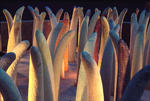

![]() | Science and a Sense of Place
| Bryn Mawr College Summer Institutes for K-12 Teachers
| Serendip Home |
| Science and a Sense of Place
| Bryn Mawr College Summer Institutes for K-12 Teachers
| Serendip Home |
Send us your comments at Serendip
© by Serendip 1994-
- Last Modified:
Wednesday, 02-May-2018 10:51:14 CDT